- Home Home
-
Residents
Residents
- Waste & recycling Bins, clean-ups and disposing of tricky household items
- Parking Permits, car parks, maps and safety
- Your trees, plants & garden Tree care and maintenance on private property
- Neighbourhood issues Graffiti management, safety, noise and disturbance, aba...
- Pets Dog and cat ownership, lost animals and off-leash parks
- Precinct committees Your local connection to Council
- Waverley LGA Maps Maps of the environment, planning zones and more
- Payments Rates, online certificates and information on paying fi...
-
Community
Community
- Over 55s Services and programs for people over 55
- Children, youth & family services Child care, youth programs, kids activities and events,...
- Cultural diversity Cultural diversity policy, services including interpret...
- Disability inclusion Services and support for people with a disability
- Housing & homelessness Affordable Housing Program, homelessness and support
- Volunteering & Neighbourhood Projects Connecting locals with community projects
- Awards & Grants Apply for a community grant, financial support for comm...
- Community Profile Waverley Demographic Profile and Social Atlas
-
Business
Business
- Resources for Business Events, grants and support
- Regulations & permits Information on regulations, permits and licences for bu...
- Sustainable business Waverley Council encourages businesses to reduce waste,...
- Commercial waste & recycling services Tailored waste services for business
- Procurement Submitting tenders & expressions of interest to Council
- Innovation Roadmap 2025 to support business
- Tourism Home to Australia's most famous beach.
- Sponsorship Support local events
-
Recreation
Recreation
- Events Find out what’s on in your area. This is your guide to ...
- Places of interest Places of interest in Waverley, including local walks
- Visitors Information for visitors to the Waverley area, getting ...
- Beaches & coast Information on our beaches and coastline, Bondi, Tamara...
- Parks Parks and open spaces around Waverley, playgrounds, use...
- Arts & culture Arts programs, Artist in Residence, Waverley Art Prize,...
- Sports fields & outdoor court Sports venues and facilities, use of public open space
- Venue hire Information on Council owned and managed venues for hir...
-
Environment
Environment
- Making sustainability ‘second nature’ Join local community activities and events
- Public tree management Street Tree Masterplan and planting zones
- Networks & Support Find resources, programs and networks supporting enviro...
- Water & coast Water conservation and quality, our coastline, projects
- Bushland & wildlife Natural landscape of Waverley, bushland management, nat...
- Sustainable transport Public transport, cycling, transport projects and polic...
- Responding to Climate Change & Energy Emissions Emissions, resilience and circular economy
-
Planning & Development
Planning & Development
- Development Applications The DA process, key documents & community consultation
- DA Tracking Tool Search a Development Application by number or date
- Application forms & certificates Includes Construction and Occupation Certificates
- Waverley Local Planning Panel (WLPP) DA determination panel
- Compliance & regulations Including fire safety, waste & environmental health
- Heritage & design Conservation Areas, Design Excellence and Awards
- Strategic Urban Planning Urban and Environment Strategies, Planning Proposals
- Major projects Council-delivered building, streets and parks
-
Council
Council
- Organisation structure Information on how Council delivers services, organisat...
- Mayor & councillors Your Mayor, Councillors, wards and contact details
- Council & committee meetings Dates, agendas and minutes of meetings of Council
- Advisory committees Advisory Committees of Council
- Policies, procedures & plans Key operational and strategic plans of Council, reports
- Jobs Careers, current vacancies, working for Waverley Counci...
- Access to information Gaining access to publicly available information, acces...
- Payments Rates, online certificates and information on paying fi...
- Home
- >
- News & Media
- >
- Media Releases
- >
- Waverley Council celebrates milestone step towards reconciliation
Waverley Council celebrates milestone step towards reconciliation
12 December 2019
9 December 2019
Community leaders gathered at Waverley Council chambers this morning to celebrate the launch of the Council’s Innovate Reconciliation (RAP) Plan.
The RAP is Waverley Council’s commitment to reconciliation and will guide the Council’s efforts towards reconciliation as an organisation and in partnership with the community.
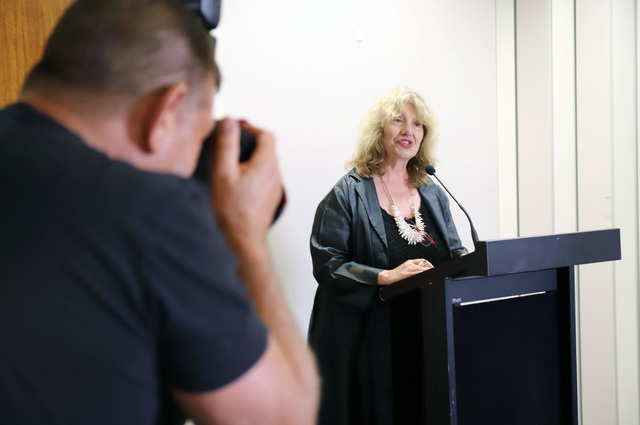
Mayor of Waverley, Paula Masselos (pictured- above), congratulated the RAP Working Group, community members, Reconciliation Australia and other key stakeholders for helping develop this guiding document.
“Waverley Council has been working towards reconciliation for decades and pride itself on being one of the first Councils in Australia to endorse a Statement for Reconciliation in the late 1990’s,” Mayor Masselos said.
“In our community consultations, and in our strategic plans, the Waverley community consistently raises the importance of learning about and protecting our Indigenous heritage.
“When it came to developing this RAP, we listened to our community and responded with a plan of action to address some of the needs of our organisation and community to close the gap on Indigenous disadvantage and advance Reconciliation in our community and organisation.
“The development of the plan wasn’t a usual- policy development process. It involved many stakeholders, community members, Council staff and key agencies to gather feedback on what Council was doing well, and what we needed to do better, and improvement is something we should always strive for.”
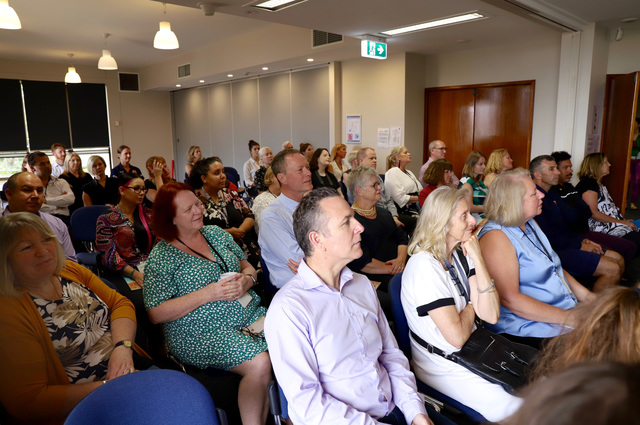
Council launched its first RAP in 2014 following a Statement of Commitment to Reconciliation the Council made in 2000.
“For the past 20 years, we’ve partnered on the Eastern Region Local Government Aboriginal and Torres Strait Islander Forum to advance reconciliation in our community,” Mayor Masselos said.
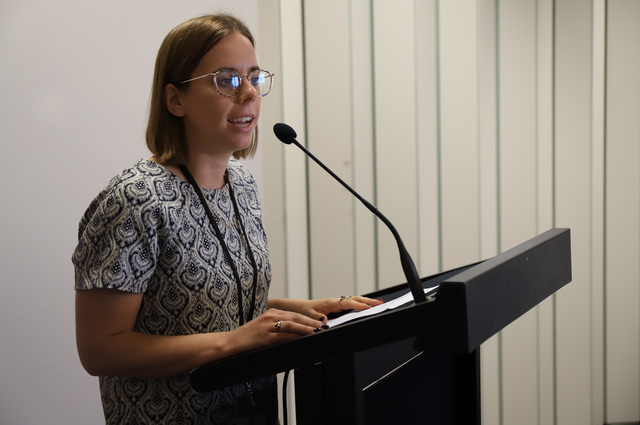
(Above) Kate Delaney, RAP program manager, Reconciliation Australia congratulated Waverley Council on its ongoing efforts towards reconciliation.
The development of the RAP included:
* staff consultations
* individual meetings
* group meetings
* RAP working group meetings
* A community breakfast
* individual meetings with community members, committees and various networks
* public exhibition of the document
“We did all these things because we wanted the document to reflect our needs as an organisation and that of the community,” Mayor Masselos said.
“It’s taken us 18 months to arrive at this point, and I couldn’t be prouder of what we have achieved. Today’s launch is to highlight and celebrate the work done so far and most importantly, build momentum for the work that needs to happen from the action plan.
“There are many deliverables and actions that require a whole of Council approach and community support to achieve, and this is true of the RAP.
“This is a huge achievement for our Council to be so actively involved in reconciliation and with the RAP movement.”
One of the key actions of the RAP is Council’s support of its Elsa Dixon School-based trainees. For the past two years, three Elsa Dixon trainees have been working at Council as part of a program that helps students undertake their certificate-level qualifications at school while gaining work experience in a government setting.
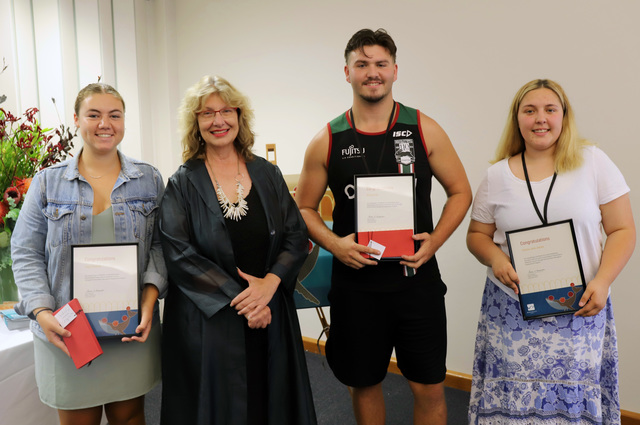
Guests of honour: Mayor Masselos with Elsa Dixon trainees Paige Edwards, Blaine Sines and Tadisha-Jane Jaques.
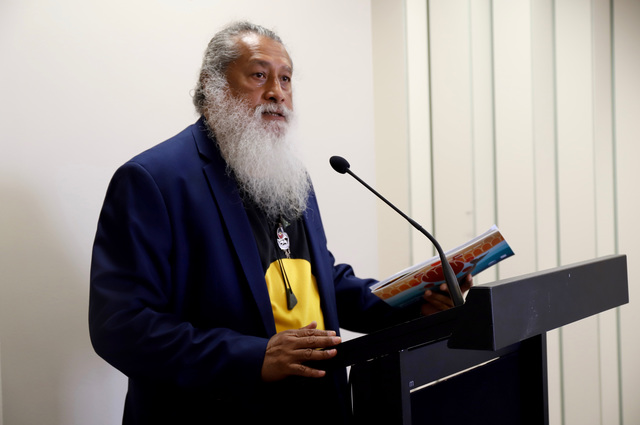
(Above) Waverley Councillor Dominic Wy Kanak congratulated the Elsa Dixon trainees for their hard work and dedication.
Aboriginal artist Natalie Bateman created the artwork on the cover of the RAP specifically for Waverley Council. The artwork celebrates the many aspects of the Waverley area, including its Aboriginal and Torres Strait Islander heritage and multicultural influences. It depicts a whale (Buri-buri) which has a strong and significant meaning to the Aboriginal community of La Perouse, where Natalie grew up. The dotted arches represent the iconic Bondi Pavilion and is an acknowledgement to the area’s vibrant and rich art scene.
